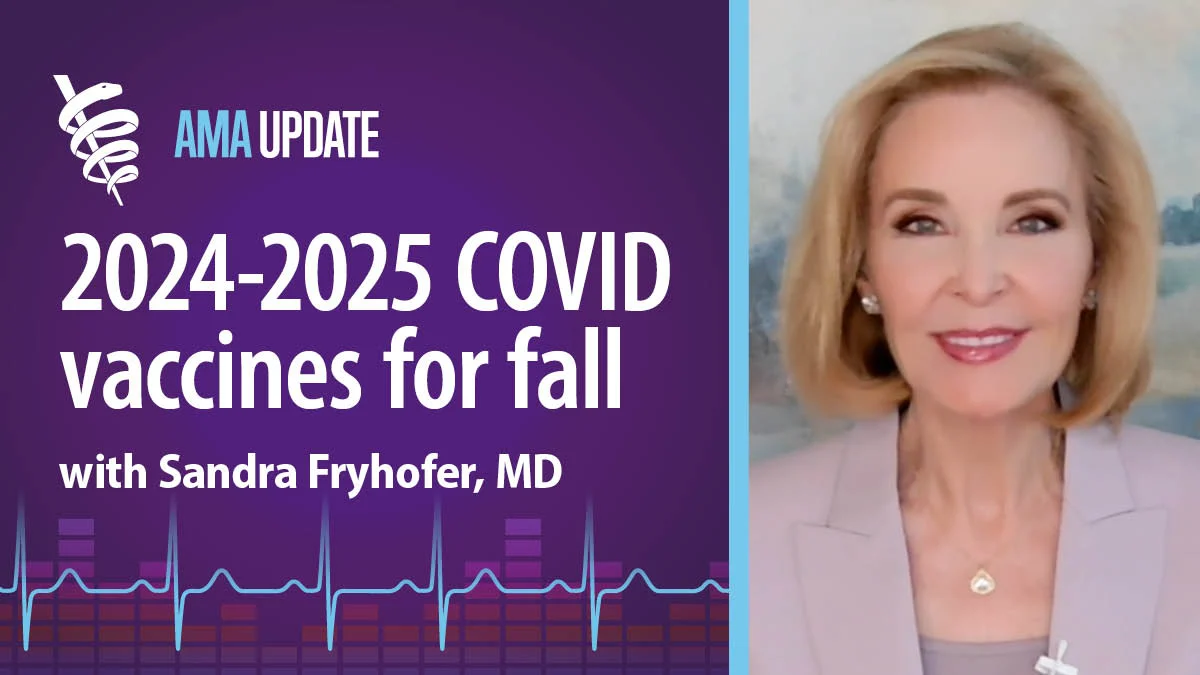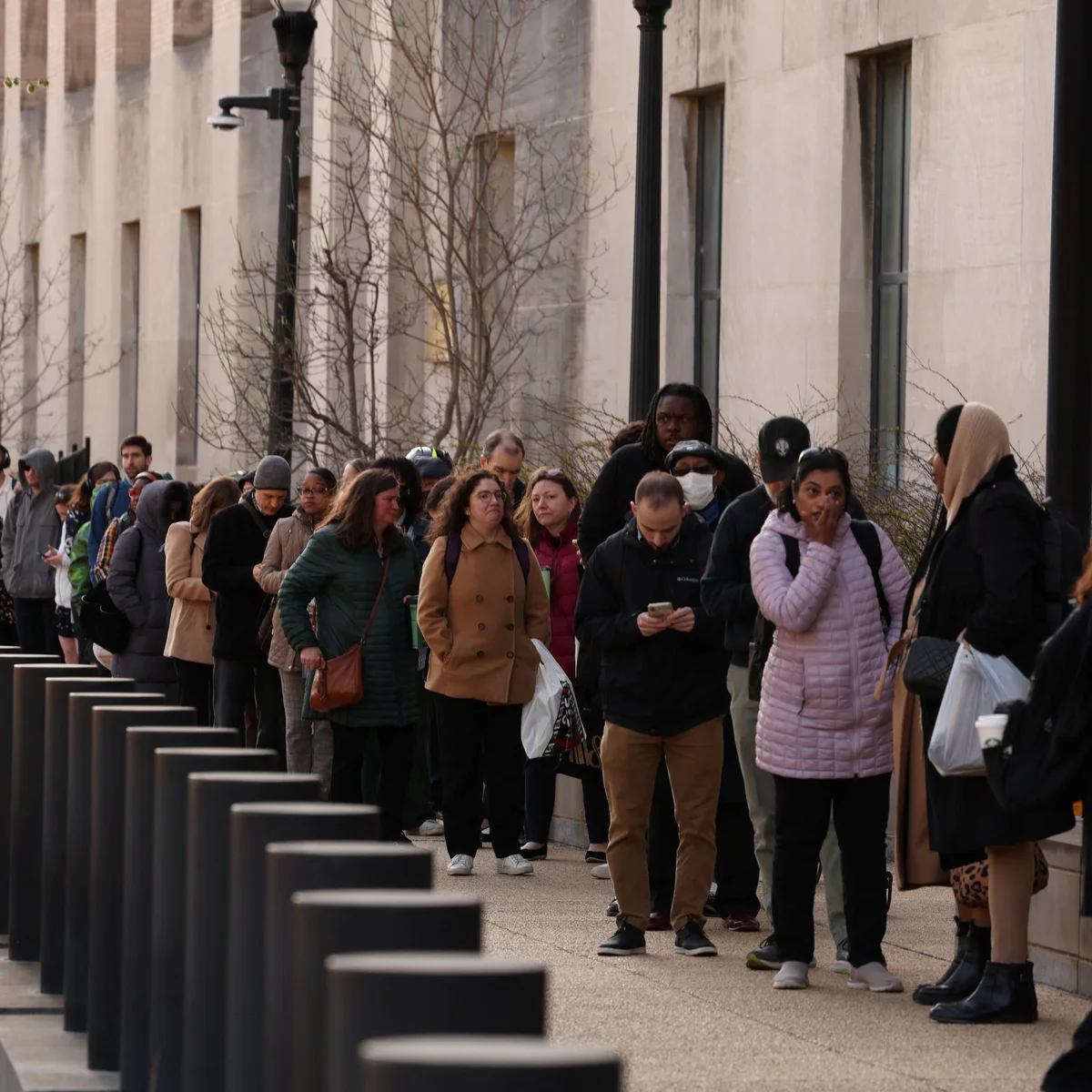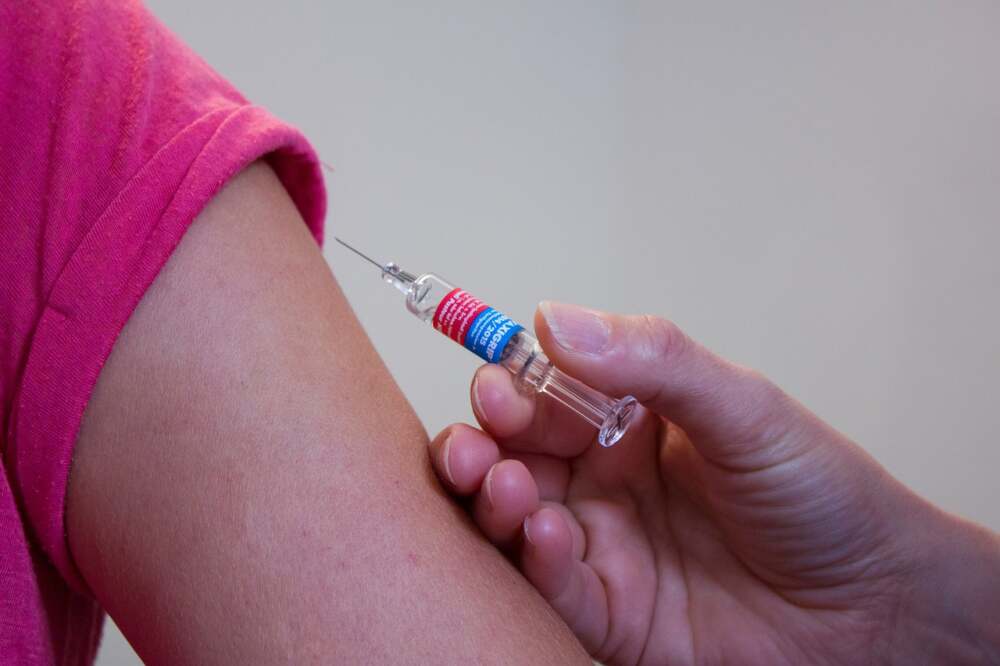With the fall vaccine season underway, Americans have questions: who can get the updated COVID shots? Will insurance cover them? Where can people go to be vaccinated, especially now that a major advisory panel has stepped back from recommending them broadly?
What Recently Changed
- A federal vaccine advisory committee, under new leadership, voted not to issue a universal recommendation for COVID-19 vaccines this season. Instead, it emphasized that vaccination should be a personal medical decision. The committee did not require prescriptions for the shots.
- Despite the lack of a blanket recommendation, health officials and insurers say vaccine access and coverage will continue. Vaccines will still be available through pharmacies, clinics, and programs like Medicaid, CHIP, and the Vaccines for Children initiative.
Who Is Eligible & What the Rules Are
- The updated vaccines are approved for older adults and people under 65 who have certain high-risk medical conditions. Those without high risk may still get them, but different rules may apply.
- Many pharmacies are already stocked and ready. In most places, no prescription is needed, though in a few states, prescriptions are still required. Pharmacists might ask people under 65 whether they qualify under high-risk criteria.
- Insurers have committed to covering the cost of the shots—so vaccine-eligible individuals should not have to pay out of pocket. That commitment is in place through at least 2026 in many cases.
Why Drugstores Matter
- Drugstores like national chains are major access points: a large portion of adults get their COVID shots at pharmacies rather than doctors’ offices. Their widespread presence makes them vital for vaccine rollout.
- Because pharmacies are more conveniently located and often don’t require appointments, they help reach people who might otherwise delay or forgo vaccination.
Challenges & Concerns
- Confusion may arise over who qualifies as “high-risk,” and people may have trouble proving their eligibility in states where that matters.
- Some state rules impose extra hurdles: requiring prescriptions or having specific age/risk criteria that complicate access.
- Inconsistencies between states may lead to disparities in who can get vaccinated easily. Some states have taken steps to loosen requirements, others haven’t.
- Even though insurance is expected to cover these vaccines, uncertainty or delays in claims or coverage rules could cause people to hold off.
What People Should Do
- Check with local pharmacies to see if the updated vaccine is available and whether a prescription is required where you live.
- If you’re under 65, review whether you qualify under high-risk medical conditions. If unsure, talk to your doctor.
- Make use of public health programs if needed, especially for children, older adults, or people without regular insurance.
- Keep an eye on announcements from state health agencies; some states are changing rules to make access easier or removing prescription requirements.
Broader Implications
The shift from recommending the vaccine for all to focusing on individual decision-making marks a turning point in national vaccine policy. While access and coverage are preserved, public health experts are watching whether vaccine uptake declines—especially among people who rely on strong public guidance rather than individualized health decisions. As respiratory illness seasons approach, these vaccines remain one of the best tools for preventing severe disease, and making them accessible is crucial.
















Leave a Reply